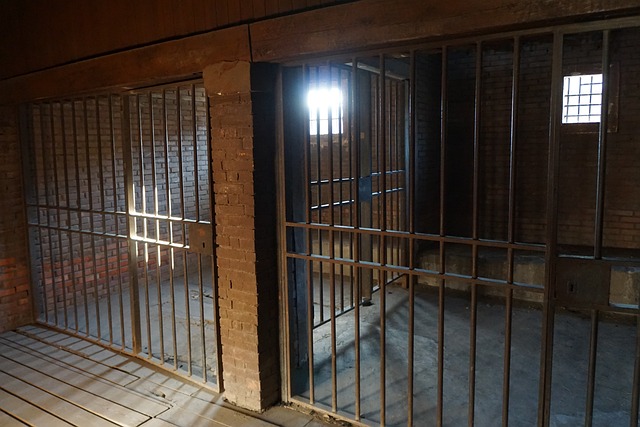College campus DUI prevention strategies must be tailored to urban and rural settings due to contrasting legal landscapes and student demographics. Urban campuses, with higher law enforcement presence, can implement stricter measures like increased patrols and breathalyzer checks. Rural campuses, facing limited resources and lower population densities, should focus on educational programs and promoting alternative transportation. Both environments require customized approaches to effectively deter impaired driving among students, considering unique campus dynamics and geographical challenges.
In the realm of DUI (Drunk Driving Under Influence) laws, significant disparities exist between rural and urban settings. This article delves into these key differences, exploring how geographical factors shape legislation, enforcement, and penalties. Specifically, we focus on College Campus DUI Prevention strategies, tailoring approaches unique to each environment—rural and urban—to mitigate risks and promote safety. Understanding these variations is essential for public safety officials, educators, and students alike in implementing effective college campus DUI prevention measures.
- Understanding Rural and Urban DUI Laws: Key Differences
- College Campus DUI Prevention Strategies: Tailoring to Each Setting
- The Impact of Location on DUI Enforcement and Penalties
Understanding Rural and Urban DUI Laws: Key Differences

In the context of College Campus DUI Prevention, understanding rural and urban DUI laws is crucial as student populations often blend these environments during their studies. Rural areas typically have less stringent DUI regulations compared to urban centers. Lower population densities mean fewer police patrols, which can lead to reduced enforcement of drinking and driving laws. As a result, individuals in rural settings may perceive lower risks associated with DUI, potentially contributing to higher incidence rates.
In contrast, urban regions usually enforce stricter DUI laws due to higher visibility and more robust law enforcement presence. Urban areas, often characterized by dense populations and bustling college campuses, have well-established systems for College Campus DUI Prevention. Increased patrols and stringent penalties are implemented to deter drinking and driving behaviors, reflecting a concerted effort to keep streets safe. These differences underscore the need for tailored strategies when addressing DUI prevention in both rural and urban contexts.
College Campus DUI Prevention Strategies: Tailoring to Each Setting

DUI prevention strategies on college campuses must be tailored to the unique setting and population they serve. In urban areas, enforcement is often more strict due to higher traffic volumes and readily available law enforcement resources. This can involve increased patrols and the use of technology like breathalyzer checks at bar exits. In contrast, rural campus communities may require different approaches. Lower traffic density means less immediate risk but doesn’t negate the need for safety. Here, strategies could focus on educational initiatives that highlight the dangers of impaired driving in remote areas, where emergency services are farther away.
College campuses themselves can play a significant role in prevention by hosting awareness events and implementing policies that discourage drinking and driving. This includes promoting alternative transportation options like designated drivers or campus shuttle services. Additionally, partnering with local law enforcement allows for coordinated efforts and shared resources, enhancing overall DUI prevention on campus.
The Impact of Location on DUI Enforcement and Penalties

In rural areas, where distances are vast and populations sparse, DUI enforcement tends to be more lenient due to limited resources and lower crime rates. This can result in less frequent patrols and less stringent penalties for first-time offenders, which may encourage riskier behavior among drivers, especially young adults. In contrast, urban environments present unique challenges with high population densities and congestion, making it harder for law enforcement to target impaired driving effectively. However, the greater presence of bars, clubs, and college campuses in cities often leads to more stringent DUI laws and harsher penalties, particularly for repeat offenders, as a deterrent to prevent drunk driving in densely populated areas.
The proximity to colleges and universities further complicates this narrative. In areas with active college campuses, DUI prevention strategies must consider the unique dynamics of student life. Many campuses implement their own policies, such as designated driver programs or late-night shuttle services, to discourage students from driving under the influence. Additionally, urban centers often have stricter penalties for DUI offenses that may include mandatory jail time and extended license suspensions, reflecting a concerted effort to combat the higher incidence of impaired driving in these settings.
In understanding the nuances of rural vs. urban DUI laws, we’ve explored significant disparities in enforcement and penalties, with a particular focus on college campus environments. Tailoring prevention strategies to these diverse settings is paramount for effective DUI deterrence. By recognizing the impact of location on legal frameworks and community dynamics, we can develop more targeted interventions to keep our roads safe, especially within college campuses where young lives are at stake. The battle against impaired driving demands a flexible approach that respects local contexts while upholding public safety.






